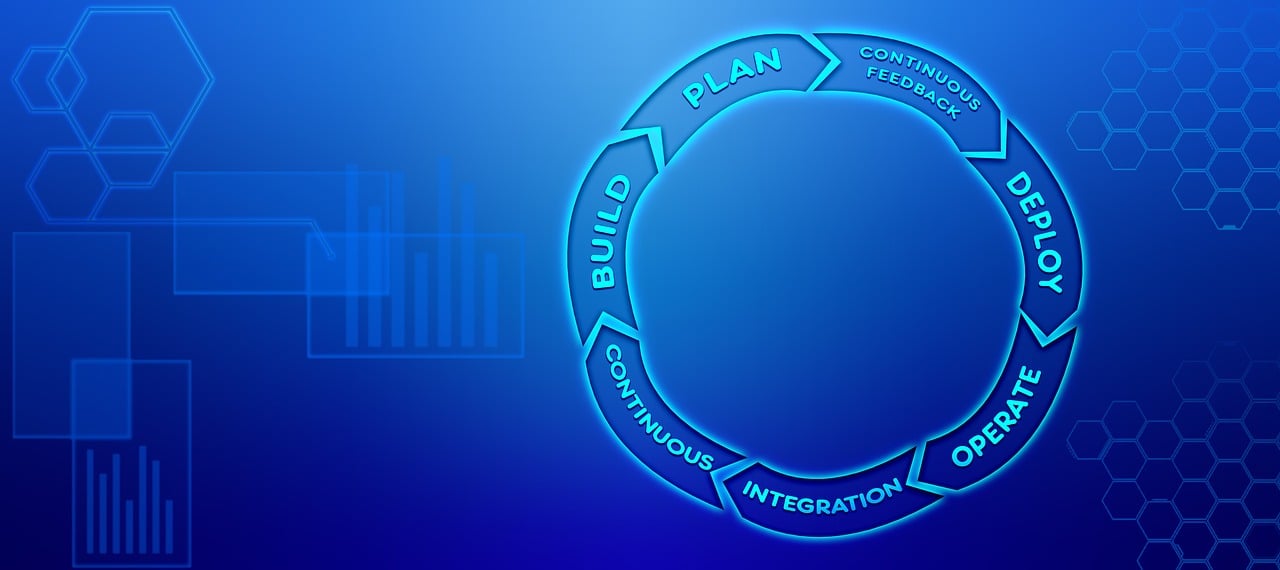Why Retrospectives Are Essential for Engineering Excellence (And How to Make Them Count)

The Hidden Engine of Continuous Improvement
As engineering leaders, we're constantly seeking ways to improve our processes, boost team morale, and deliver better products. Yet one of the most powerful tools in our arsenal often gets treated as an afterthought: the retrospective meeting.
I've seen firsthand how these structured reflection sessions can transform team dynamics and output when done right—and how they can become dreaded calendar events when done poorly.
The Research-Backed Power of Retrospectives
Retrospectives aren't just a nice-to-have Scrum ceremony; they're backed by solid research as a critical component of high-performing teams:
According to a study published in the Journal of Systems and Software, teams that conduct regular retrospectives show a 20% increase in bug detection efficiency and a 15% reduction in technical debt over time (Kim et al., 2018).
The Scrum Guide itself identifies retrospectives as "the opportunity for the Scrum Team to inspect itself and create a plan for improvements to be enacted during the next Sprint" (Schwaber & Sutherland, 2020). This deliberate pause for reflection allows teams to adjust course before small issues become major roadblocks.
Research from Google's Project Aristotle found that psychological safety, the ability to take risks without feeling insecure or embarrassed, was the number one predictor of high-performing teams. Retrospectives, when facilitated properly, create exactly this kind of safe space for honest feedback and continuous improvement.
Why Engineering Teams Struggle with Retros
Despite their proven benefits, many teams struggle to extract value from retrospectives. Some of these struggles include:
- Meeting fatigue leads to superficial participation
- Sessions become complaint forums without actionable outcomes
- There's inconsistent follow-through on action items
- Facilitation challenges can prevent honest discussions
- Documentation and insights get lost between sessions
- Focus on reflecting about product/project-related aspects or tooling, but very rarely on how the team does work and collaborates
- Sessions lack clear purpose and teams are unable to deeply reflect on what's working and not working
- Lack of space within the sprint boundary and delivery pressures prevent team members from reflecting adequately before retrospectives
- Teams struggle to realize the potential of a retro due to systemic challenges (e.g. improvements are identified, but team is unable/unwilling to make changes)
Best Practices for Effective Retrospectives
Here are key strategies for making retrospectives truly valuable:
1. Create a Safe Environment
Begin with a safety check to gauge team comfort levels. Remind everyone that retrospectives are about improving processes, not blaming individuals.
2. Use Structured Formats
Experiment with frameworks like:
- Start/Stop/Continue
- Happy/Sad/Confused
- What went well/What could be improved/Action items
- Sailboat (Wind in sails, anchors, rocks ahead)
- 4Ls (Liked, Learned, Lacked, Longed for)
3. Focus on Actionable Outcomes
End every retro with clear, assigned action items that can be realistically accomplished in the next sprint.
4. Rotate Facilitation
Having different team members lead retrospectives brings fresh perspectives and increases ownership.
5. Track Patterns Over Time
Look for recurring themes across multiple retrospectives to identify systemic issues rather than just symptoms.
6. Time-box Effectively
Respect everyone's time by keeping sessions focused and efficient, typically 45-60 minutes for a two-week sprint.
In retrospect
Retrospectives represent a powerful inflection point in the engineering lifecycle: they provide a moment when teams can transform experiences into wisdom and challenges into opportunities. While the struggles are real, from meeting fatigue to lack of actionable outcomes, the potential benefits far outweigh the investment required. By creating psychologically safe environments, using structured formats, focusing on outcomes, and maintaining consistency, teams can unlock the full potential of retrospectives as catalysts for continuous improvement.
Remember that excellence in engineering isn't built through technical prowess alone, but through a team's ability to learn, adapt, and grow together. The most innovative organizations don't just build great products they build reflective cultures where every sprint leaves them stronger than before. Whether you're just beginning your retrospective journey or looking to revitalize an existing practice, the commitment to meaningful reflection may be the most important engineering decision you make.
To see how Clairity is solving these problems using a slack-native AI-powered tool read our post How Clairity is Reshaping Retrospectives
To learn more about how Clairity can help you and your team continuously improve together visit us @ https://clairity.dev